Many people have heard that indebtedness can lead to financial troubles. But what exactly is indebtedness, and how do you avoid it? Fortunately, the concept of indebtedness is pretty easy to understand. Additionally, it’s possible to prevent indebtedness – or keep it manageable – with some planning. If you’re wondering what indebtedness is and how to avoid excessive debt, here’s everything you need to know.
What Is Indebtedness?
In the simplest sense, indebtedness is the state of owing something to someone else. Traditionally, people use indebtedness to describe financial debts, such as credit cards, loans, or mortgage balances. However, it can also apply to the sense of owing someone for doing you a favor, leading you to feel obligated to return that favor in kind at a future date.
For the purposes of this article, the focus is on traditional financial indebtedness, primarily involving owing a lender based on previously borrowing money. Often, that form of indebtedness creates the biggest challenges for households, so it’s wise to have a plan for avoiding it specifically.
How to Avoid Indebtedness
Have a Dedicated Emergency Fund
When it comes to avoiding monetary debt, your best starting point is to build an emergency fund. This allows you to have some cash set aside to deal with the unexpected, ensuring you don’t have to turn to credit cards or loans to cover a cost that catches you off guard.
If you don’t have anything set aside for emergencies, make $1,000 your first target. Usually, that’s enough to cover a vehicle, renter’s, or homeowner’s insurance deductible, ensuring you aren’t struggling should an accident, fire, or similar incident occur. Plus, it can cover a wide array of other emergencies, such as an unplanned medical bill, car repair, or appliance breakdown.
Once you have $1,000 set aside, work on increasing the balance of that savings account. Build up to one month of household expenses, then shift up to three months. That can help you weather larger emergencies or a short period of unemployment.
When you gather up three months of expenses, you can choose a new target. Some people feel most comfortable with six or 12 months of household costs, as that can cover major emergencies or an extended period of unemployment.
Whenever you tap into your emergency fund, focus on building it back up once the situation resolves. That allows you to restore this critical cushion, making it easier to avoid indebtedness long-term.
Create a Reliable Budget
In some cases, debt is generated because households don’t plan for their spending needs. As a result, they overspend during the month, having little choice but to turn to credit cards or loans to cover any remaining expenses until their next payday.
By having a reliable, formal budget, you have a spending roadmap. You know how much it takes to cover your bills and debt payments, as well as handle costs relating to food, gas, utilities, and more.
Often, the easiest way to start is to review your spending habits over the past several months. That allows you to determine how much you’re spending in various categories. Then, create a simple list – ordering debts and other costs by their due date – and outline how much of your income needs to go to that expense.
If you have money left over, commit some of it to savings. Additionally, it’s wise to include “fun money” in your budget, giving yourself a small amount that you can use as you please for entertainment, items that are wants instead of needs, and similar purchases.
Make Saving Automatic
Since having money in savings can help you deal with emergencies or plan for larger upcoming expenses – such as home repairs, vehicle down payments, future appliance replacements, and more – making your savings routine automatically works in your favor. By automating your savings, you ensure that you don’t accidentally forget to move that money into the proper account.
Designate a specific amount from each paycheck that needs to go to savings. Then, set up a recurring, automatic transfer for the day your pay arrives (or the following business day if payment delays may occur). That ensures your money is moved in accordance with your plan without you having to physically manage the transfer every single payday.
In most cases, you can set up several transfers to different accounts every month. As a result, you can move cash into several accounts, allowing you to divide up the money based on individual savings goals.
Adopt a Cash-First Mindset
In some cases, using credit cards or loans to pay for various items feels like a quick, convenient option. However, the more debts you acquire, the harder they typically are to manage. Even if the monthly payments are reasonable, you’ll have more due dates to juggle. Plus, if you experience financial hardship or underestimate what you’re currently paying, you could quickly find yourself in over your head.
Additionally, debts typically come with interest payments. As a result, you’re spending far more by financing a purchase than if you used cash. If you rely on cash instead, you’ll have more money to direct to other goals or needs, including saving for retirement, a college education, a home, and more.
Instead of relying on debt, adopt a cash-first mindset. Make it a goal to use as little borrowed money as possible. For example, instead of financing an entire vehicle purchase, at least prepare a sizeable down payment in advance. That ensures you can keep the loan as small as possible.
Similarly, resist the urge to use a credit card to cover the cost of want if you can’t pay off the balance in full right away. While it could mean delaying a purchase, it saves you a significant sum in the long run.
Use the 72-Hour Rule
With the 72-hour rule, you don’t purchase any spur-of-the-moment wants right away. Instead, you wait for 72 hours after learning about the item before deciding if you’ll ultimately buy it.
The delay allows any immediate emotional reaction that can come from initially seeing a product to dissipate, allowing you to look at the purchase more realistically. In many cases, you’ll determine that moving forward with buying the item isn’t actually a smart move, allowing you to walk away. However, if you still want it, it can make you more confident about your decision.
This strategy isn’t just helpful when it comes to items you’re thinking about financing; it can apply to cash purchases, too. By using it at all times, you avoid spending money in a way you might regret later, allowing you to focus your spending on items that are more likely to be beneficial.
Pay More Than the Minimum
If you can’t pay the debt off in full right away, it’s wise to put forth an extra effort to knock down the balance quickly. Unless there is a stiff penalty for paying off a debt early, work to pay more than the minimum payment on at least one debt. Ideally, you want to focus on the debt that has the highest interest rate. By doing so, you can reduce the amount of interest you’ll need to pay over the life of that debt dramatically, resulting in financial gain.
Once you tackle the highest interest debt, you can move on to the one that now has the highest interest rate. Continue working through your obligations in this manner, and you can tackle what you owe in less time.
Increase Your Credit Score
Having an excellent credit score can actually help you avoid certain trappings that can come with borrowing money. Generally speaking, the higher your credit score, the better the borrowing terms. You’ll have an easier time securing low-interest rates on credit cards and loans when you do need them, which can make managing – and paying them off – easier.
Usually, the foundation of an excellent credit score is sound borrowing habits. Make your monthly payments on time, keep your credit utilization ratio low, and avoid opening unnecessary accounts. Maintaining a good credit mix – featuring a small selection of loans and credit cards in your history – can work in your favor, too, as it shows that you can handle different types of debt effectively.
Ultimately, while using credit cards and loans result in debt, when used responsibly, you won’t be overwhelmed by it. As a result, indebtedness won’t necessarily become an issue, allowing you to maintain a favorable financial picture while keeping your credit score up.
Do you have any other tips that can help someone avoid indebtedness? Have you used any of the strategies above and want to tell others about your results? Have you found your way back from indebtedness and want to share your experience? Share your thoughts in the comments below.
Read More:




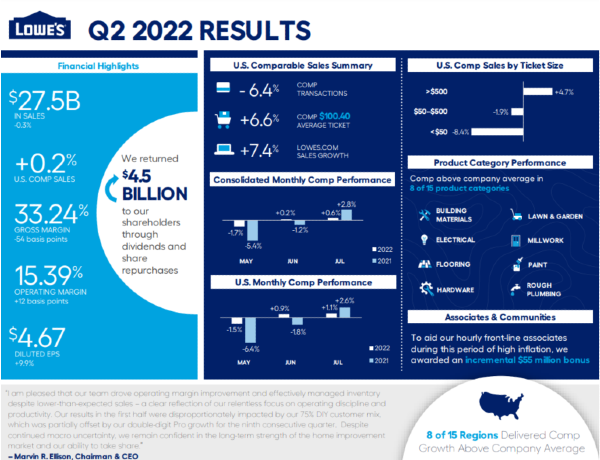




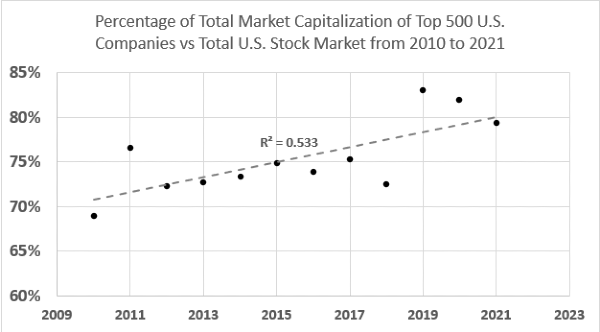


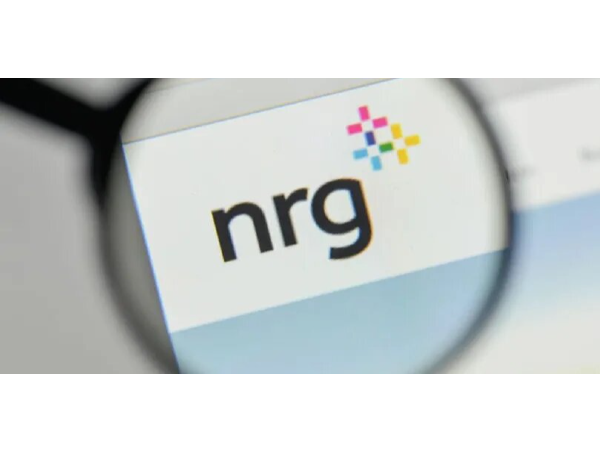





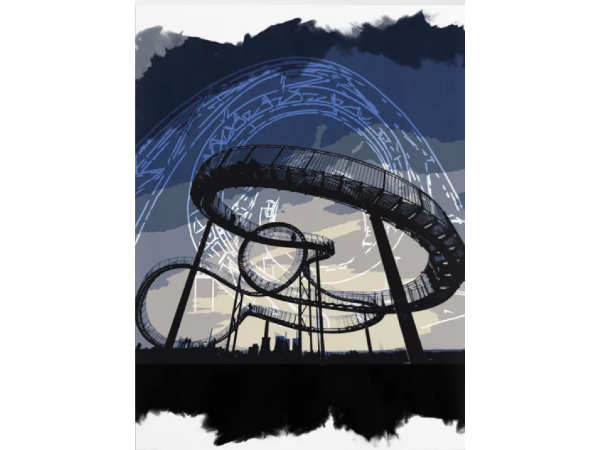
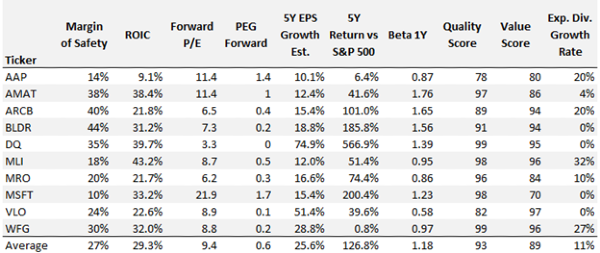

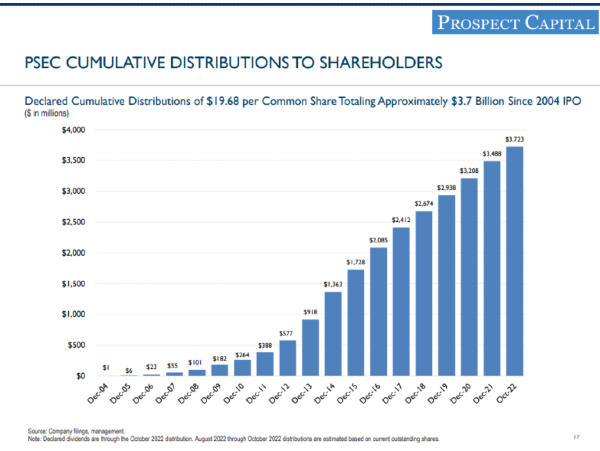








Many people have heard that indebtedness can lead to financial troubles. But what exactly is indebtedness, and how do you avoid it? Fortunately, the concept of indebtedness is pretty easy to understand. Additionally, it’s possible to prevent indebtedness – or keep it manageable – with some planning. If you’re wondering what indebtedness is and how to avoid excessive debt, here’s everything you need to know.
What Is Indebtedness?
In the simplest sense, indebtedness is the state of owing something to someone else. Traditionally, people use indebtedness to describe financial debts, such as credit cards, loans, or mortgage balances. However, it can also apply to the sense of owing someone for doing you a favor, leading you to feel obligated to return that favor in kind at a future date.
For the purposes of this article, the focus is on traditional financial indebtedness, primarily involving owing a lender based on previously borrowing money. Often, that form of indebtedness creates the biggest challenges for households, so it’s wise to have a plan for avoiding it specifically.
How to Avoid Indebtedness
Have a Dedicated Emergency Fund
When it comes to avoiding monetary debt, your best starting point is to build an emergency fund. This allows you to have some cash set aside to deal with the unexpected, ensuring you don’t have to turn to credit cards or loans to cover a cost that catches you off guard.
If you don’t have anything set aside for emergencies, make $1,000 your first target. Usually, that’s enough to cover a vehicle, renter’s, or homeowner’s insurance deductible, ensuring you aren’t struggling should an accident, fire, or similar incident occur. Plus, it can cover a wide array of other emergencies, such as an unplanned medical bill, car repair, or appliance breakdown.
Once you have $1,000 set aside, work on increasing the balance of that savings account. Build up to one month of household expenses, then shift up to three months. That can help you weather larger emergencies or a short period of unemployment.
When you gather up three months of expenses, you can choose a new target. Some people feel most comfortable with six or 12 months of household costs, as that can cover major emergencies or an extended period of unemployment.
Whenever you tap into your emergency fund, focus on building it back up once the situation resolves. That allows you to restore this critical cushion, making it easier to avoid indebtedness long-term.
Create a Reliable Budget
In some cases, debt is generated because households don’t plan for their spending needs. As a result, they overspend during the month, having little choice but to turn to credit cards or loans to cover any remaining expenses until their next payday.
By having a reliable, formal budget, you have a spending roadmap. You know how much it takes to cover your bills and debt payments, as well as handle costs relating to food, gas, utilities, and more.
Often, the easiest way to start is to review your spending habits over the past several months. That allows you to determine how much you’re spending in various categories. Then, create a simple list – ordering debts and other costs by their due date – and outline how much of your income needs to go to that expense.
If you have money left over, commit some of it to savings. Additionally, it’s wise to include “fun money” in your budget, giving yourself a small amount that you can use as you please for entertainment, items that are wants instead of needs, and similar purchases.
Make Saving Automatic
Since having money in savings can help you deal with emergencies or plan for larger upcoming expenses – such as home repairs, vehicle down payments, future appliance replacements, and more – making your savings routine automatically works in your favor. By automating your savings, you ensure that you don’t accidentally forget to move that money into the proper account.
Designate a specific amount from each paycheck that needs to go to savings. Then, set up a recurring, automatic transfer for the day your pay arrives (or the following business day if payment delays may occur). That ensures your money is moved in accordance with your plan without you having to physically manage the transfer every single payday.
In most cases, you can set up several transfers to different accounts every month. As a result, you can move cash into several accounts, allowing you to divide up the money based on individual savings goals.
Adopt a Cash-First Mindset
In some cases, using credit cards or loans to pay for various items feels like a quick, convenient option. However, the more debts you acquire, the harder they typically are to manage. Even if the monthly payments are reasonable, you’ll have more due dates to juggle. Plus, if you experience financial hardship or underestimate what you’re currently paying, you could quickly find yourself in over your head.
Additionally, debts typically come with interest payments. As a result, you’re spending far more by financing a purchase than if you used cash. If you rely on cash instead, you’ll have more money to direct to other goals or needs, including saving for retirement, a college education, a home, and more.
Instead of relying on debt, adopt a cash-first mindset. Make it a goal to use as little borrowed money as possible. For example, instead of financing an entire vehicle purchase, at least prepare a sizeable down payment in advance. That ensures you can keep the loan as small as possible.
Similarly, resist the urge to use a credit card to cover the cost of want if you can’t pay off the balance in full right away. While it could mean delaying a purchase, it saves you a significant sum in the long run.
Use the 72-Hour Rule
With the 72-hour rule, you don’t purchase any spur-of-the-moment wants right away. Instead, you wait for 72 hours after learning about the item before deciding if you’ll ultimately buy it.
The delay allows any immediate emotional reaction that can come from initially seeing a product to dissipate, allowing you to look at the purchase more realistically. In many cases, you’ll determine that moving forward with buying the item isn’t actually a smart move, allowing you to walk away. However, if you still want it, it can make you more confident about your decision.
This strategy isn’t just helpful when it comes to items you’re thinking about financing; it can apply to cash purchases, too. By using it at all times, you avoid spending money in a way you might regret later, allowing you to focus your spending on items that are more likely to be beneficial.
Pay More Than the Minimum
If you can’t pay the debt off in full right away, it’s wise to put forth an extra effort to knock down the balance quickly. Unless there is a stiff penalty for paying off a debt early, work to pay more than the minimum payment on at least one debt. Ideally, you want to focus on the debt that has the highest interest rate. By doing so, you can reduce the amount of interest you’ll need to pay over the life of that debt dramatically, resulting in financial gain.
Once you tackle the highest interest debt, you can move on to the one that now has the highest interest rate. Continue working through your obligations in this manner, and you can tackle what you owe in less time.
Increase Your Credit Score Having an excellent credit score can actually help you avoid certain trappings that can come with borrowing money. Generally speaking, the higher your credit score, the better the borrowing terms. You’ll have an easier time securing low-interest rates on credit cards and loans when you do need them, which can make managing – and paying them off – easier.
Usually, the foundation of an excellent credit score is sound borrowing habits. Make your monthly payments on time, keep your credit utilization ratio low, and avoid opening unnecessary accounts. Maintaining a good credit mix – featuring a small selection of loans and credit cards in your history – can work in your favor, too, as it shows that you can handle different types of debt effectively.
Ultimately, while using credit cards and loans result in debt, when used responsibly, you won’t be overwhelmed by it. As a result, indebtedness won’t necessarily become an issue, allowing you to maintain a favorable financial picture while keeping your credit score up.
Do you have any other tips that can help someone avoid indebtedness? Have you used any of the strategies above and want to tell others about your results? Have you found your way back from indebtedness and want to share your experience? Share your thoughts in the comments below.
Read More:
Originally Posted in thefreefinancialadvisor.com